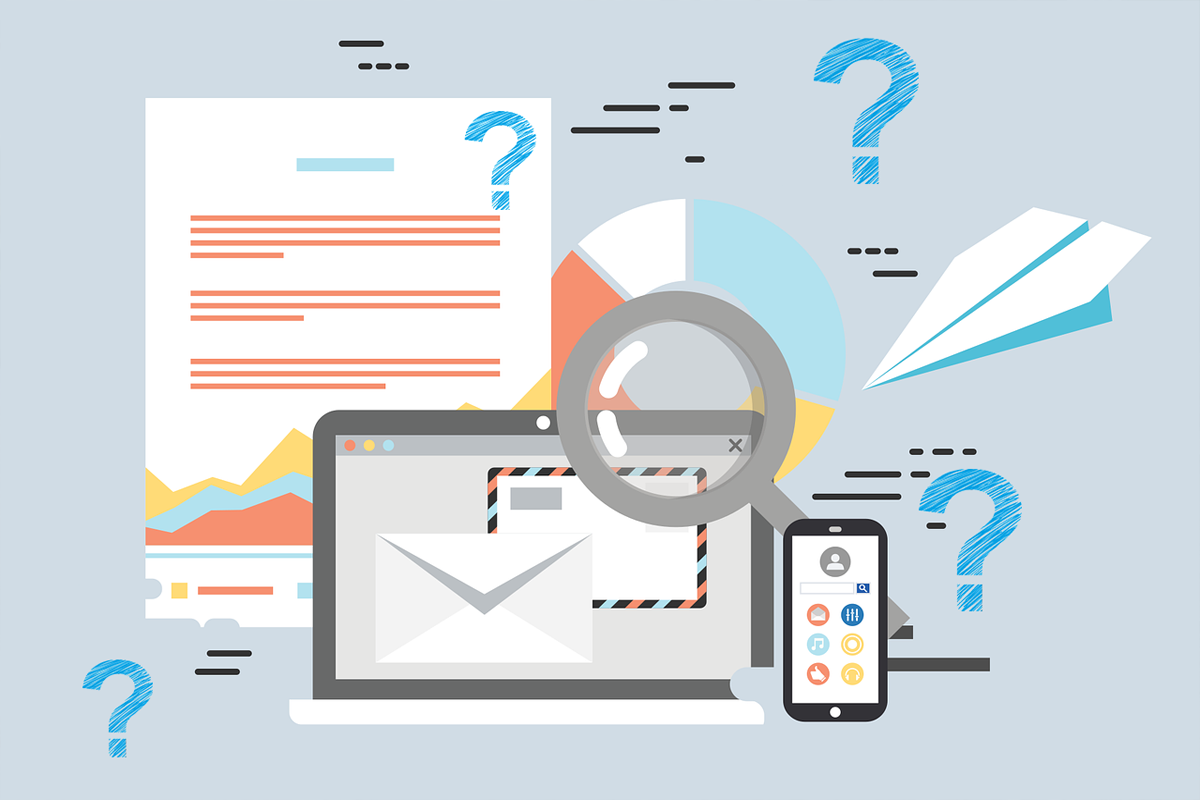Misinformation and Disinformation During Disasters
 The term “fake news” is often associated with politics and the spread of misinformation for political gain, but it is also a problem in the world of emergency management. The spread of misinformation and disinformation or “fake news” during a disaster can cause confusion and pose a threat to public safety.
The term “fake news” is often associated with politics and the spread of misinformation for political gain, but it is also a problem in the world of emergency management. The spread of misinformation and disinformation or “fake news” during a disaster can cause confusion and pose a threat to public safety.
In 2017, during Hurricane Irma, false claims that the hurricane would strike the U.S East Coast and fake weather forecasts circulated through social media causing unnecessary panic. The National Weather Service exposed the false information, but it had already been shared over 36,000 times.
Today “fake news” and conspiracy theories about the Coronavirus are flooding social media. To help you verify accurate and reliable information see the tips below to help recognize or spot “fake news” during disasters and emergencies.
Evaluate the Source
Only trust sources you recognize and be aware of fake accounts posing as reputable news sources.
- Investigate the account to verify accurate and consistent contact information
- Check for misspellings in URLs and content
- Accounts posing as reputable news sources will often have similar domain names to disguise themselves as an official site. e.g., nytimez.com
- Multiple misspelled works and grammatical errors within an article area an indication of “fake news”
- Do a reverse image search on any images in the article or post to check if they are real photos of the current disaster or stock photos
- Only follow official government accounts that have the verified Icon

- Most reputable journalists and major news organizations will also be verified
- Check out FEMA’s Social Hub for a good listing of accounts to follow
- Google the author of the article/news source and research their credentials
- If the author is not verified on social media and cannot be found on the news organization’s official website the information is likely “fake news”
Double Check the Information
A quick way to verify the information is true is to check if other news sources or government agencies are covering the topic. If no one else is talking about a major disaster or emergency event, that’s because it probably isn’t happening.
- Check multiple news sources for the same story
- Google search a headline you see on social media before clicking it
- Pay close attention to the date of publication – outdated news is likely not going to be the best information during a disaster
Take steps to protect yourself
Along with being a skeptical consumer of social media news, check out these resources to learn more about “fake news” and protect yourself from misinformation.
- Download these fact checker browser extensions on Mozilla Firefox or Google Chrome
- The decision-making game Bad News helps users understand and identify the techniques involved in spreading “fake news”
- Bot Sentinel is a platform that detects, tracks, and classifies fake Twitter accounts
- Watch the “Crash Course Media Literacy” series to learn about more about media literacy
During a disaster it is a natural reaction to seek out information as quickly as possible but taking the time to verify the information can save you from hours of panic and anxiety. Don’t believe everything you read on the internet but know that you can always trust IEM.
This information was adapted from the National Capital Region Threat Intelligence Consortium in the Intelligence Bulletin titled, “Misinformation and Disinformation During Disasters.”




